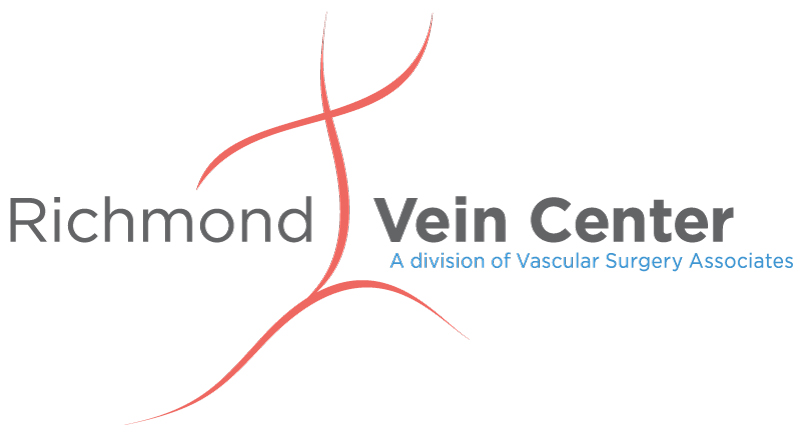WHAT ARE VARICOSE VEINS?
Varicose veins are bulging veins that are typically 3 mm or more in diameter. Varicose veins form when the valves in the veins that carry blood from the legs to the heart, malfunction. This failure causes the blood pressure inside the veins to increase. As a result, the veins dilate and become distorted and twisted. In most cases, these veins appear on the legs, although they may be present on any area of the body. Varicose veins are usually visible through the skin and may appear bluish in color. A common symptom is swelling and/or weakness in the legs after prolonged standing or sitting. This condition is more common in women than men and heredity is believed to be a major factor. Pregnant women often suffer with this condition. If left untreated, varicose veins may lead to phlebitis, leg ulcers and brisk bleeding.
Normal veins have one-way valves that allow blood to flow upward, returning blood to the heart and lungs. A varicose vein has valves that are not functioning properly and allow the blood to reflux back down the leg. The blood flowing upwards is fighting gravity, and will pool in the vein if the valve malfunctions. The valves themselves may be abnormal or the vein walls may be dilated such that the valve leaflets are too far apart. The varicose veins bulge because they are filled with pooled unoxygenated blood.
Symptoms are often worse at the end of the day because more pooling has occurred. Other things which increase pooling include prolonged standing and sitting, exposure to heat (summertime, hot baths) and hormonal factors (pregnancy, around the time of the menses).
WHAT CAUSES VARICOSE VEINS?
Heredity is the number one contributing factor causing varicose and spider veins. Women are more likely to suffer from abnormal leg veins. Statistics show that up to 50% of American women may be affected. Hormonal factors can affect the disease. It is very common for pregnant women to develop varicose veins during the first trimester. Pregnancy causes increases in hormone levels and blood volume, which in turn cause veins to enlarge. In addition, the enlarged uterus causes increased pressure on the veins. Varicose veins due to pregnancy often improve within 3 months after delivery. However, with successive pregnancies, abnormal veins are more likely to remain. Other predisposing factors include aging, standing occupations, obesity and leg injury.
Treatments
Clinical studies show that the VNUS® Closure® Procedure significantly improves patient’s symptoms of leg discomfort, swelling and pain in just 1-2 weeks after the procedure, with 90% of patients reporting durable relief from these symptoms. In fact, 98% of patients who have undergone the VNUS® Closure® Procedure are willing to recommend it to a friend or family member.
Click Here For More Information About The VNUS® Closure® Procedure
Ambulatory Microphlebectomy is a method of removing varicose veins on the surface of the legs. It is done in the office under local anesthesia. This procedure involves making tiny punctures on the skin through which the varicose veins are removed. The incisions are so small no stitches are required. Veins are very collapsible such that even large veins may be removed through the tiny incisions used in this technique. The patient is able to walk following the procedure and return to normal activity in 24 hours.
Click Here For More Information About Ambulatory Microphlebectomy
ClariVein® is the new Endovascular technique for the treatment of venous reflux disease; the procedure was pioneered in the USA along with internationally recognized surgeons from different countries.
Currently only available for MEDICARE patients!
Click Here For More Information About ClariVein®
